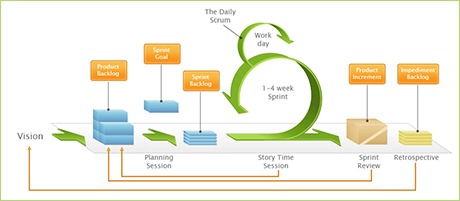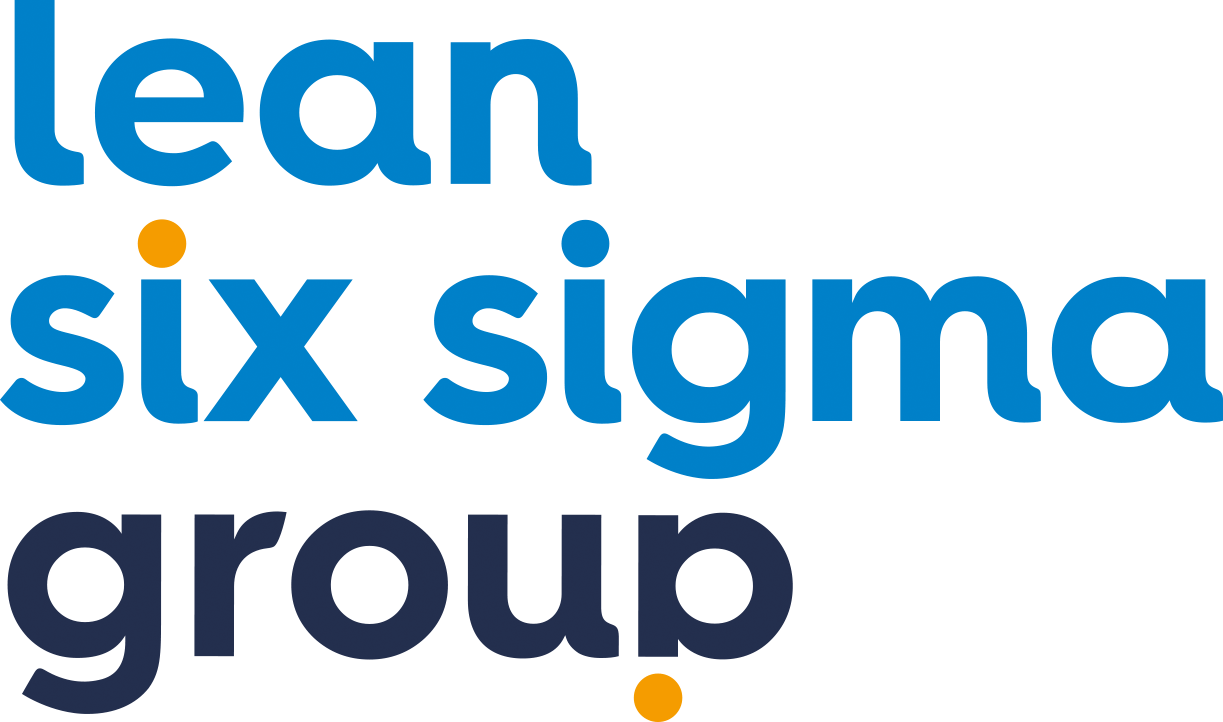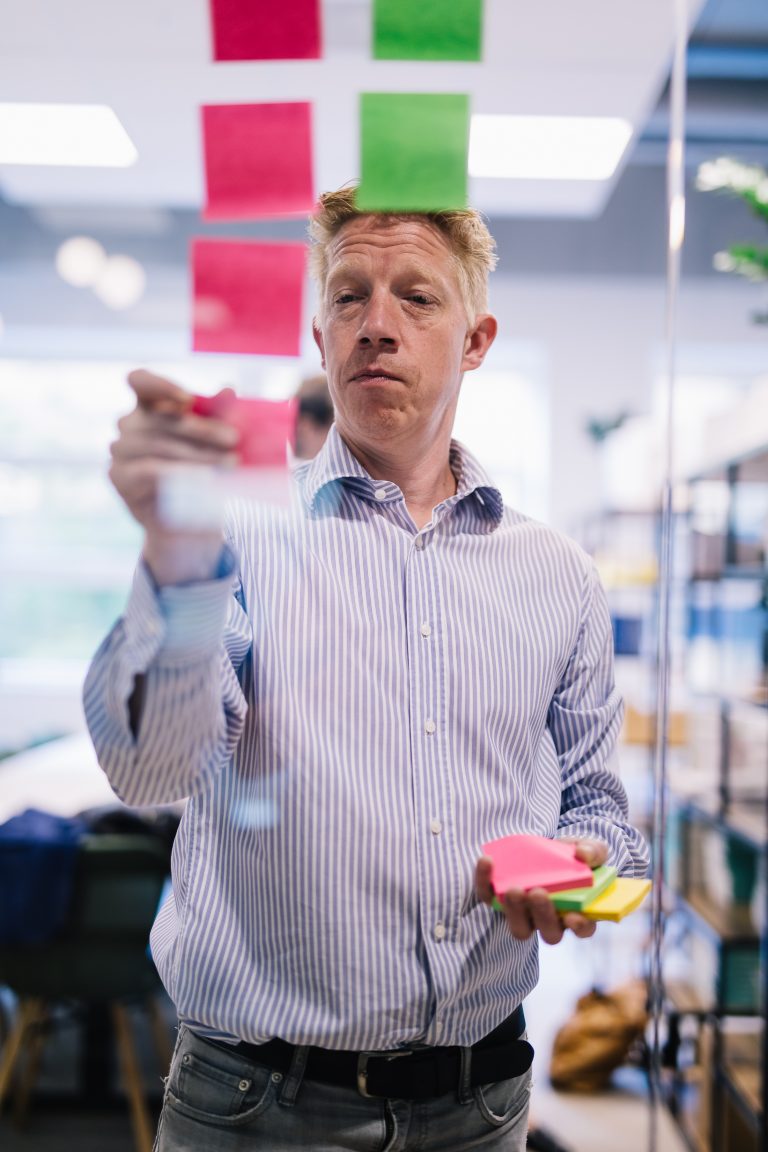
Although, as a rule, Lean management can be applied to all imaginable processes in any organisation, every manager has his or her own preference for a certain method. What makes one method better than the other?
Due to the growing popularity of agile software development, this article will take a closer look at Scrum, one of the agile methods. And we will examine the similarities and differences between Scrum and Lean.
Scrum
To sum it up, Scrum is (usually) a flexible method for the development of software. The goal of this method is to create a self-managing team that delivers a complete and functioning product at the end of a sprint (period of 1-4 weeks). Cooperation is one of the most important characteristics of such a team, because it has to quickly anticipate changing circumstances. In this case, the demands on the expected product are re-adjusted after every sprint.
This is a reason why Scrum is mainly applied to products that have not been confirmed in the minds of customers. Things generally become clearer after the first sprint, once prototypes have been delivered.

Similarities: Scrum vs Lean
The greatest similarity between Scrum and Lean is the focus on cooperation between employees. It defines the success of the method. In both methods, the people who perform the tasks are more important than the tools they use.
When it comes to both Scrum and Lean, nothing is more important than the final result. This result must create value for the customer and is the only goal of the development process. Scrum allows the customer to constantly re-adjust his requirements, while Lean involves the manufacture of the product in such a way that there is no waste. The customer should get exactly what he expects.
There are also similarities in the execution of the methods. In Lean, a morning meeting is held every day that involves a brief evaluation and a discussion about what must be done. This is also the case with Scrum. Within 15 minutes, every team member knows what has been done by whom, what still needs to be done and what problems might be encountered. This is officially called the ‘Daily Scrum Meeting’.
Scrum and Lean also adhere to the principle of continuous improvement, also known as Kaizen in Lean. Both focus on constantly learning and adapting. This is an essential aspect, because creating value for the customer is the top priority.
Differences: Scrum vs Lean
Lean Management started off in the industrial sector with the intention of making production systems more efficient, while Scrum originated in the creative and knowledge-intense environment of software development, where people have to adapt to instant changes. But the differences between Lean and Scrum are not just in the origins of the methods. Lean is often applied in order to improve processes throughout entire organisations and their environs. Scrum, on the other hand, is applied within a team context, with teams no larger than 11 persons.
In Lean, it is furthermore important that processes run in such a way that no waste takes place. This eventually results in an end product that is produced in the most efficient way possible. And this generally involves longer process periods and the manufacture of consistent end products. Scrum involves the development of sub-products by means of a sprint. Resulting prototypes are first tested and assessed before the team embarks on another sprint to develop the next matching product.
Scrum or Lean?
It is hard to tell which method is better. This is something that people have to figure out for themselves and depends on the organisation. Both methods are closely interconnected and actually suit all methods of development. It all revolves around focus on customers and giving them the product that they want, and maybe even a little more.




